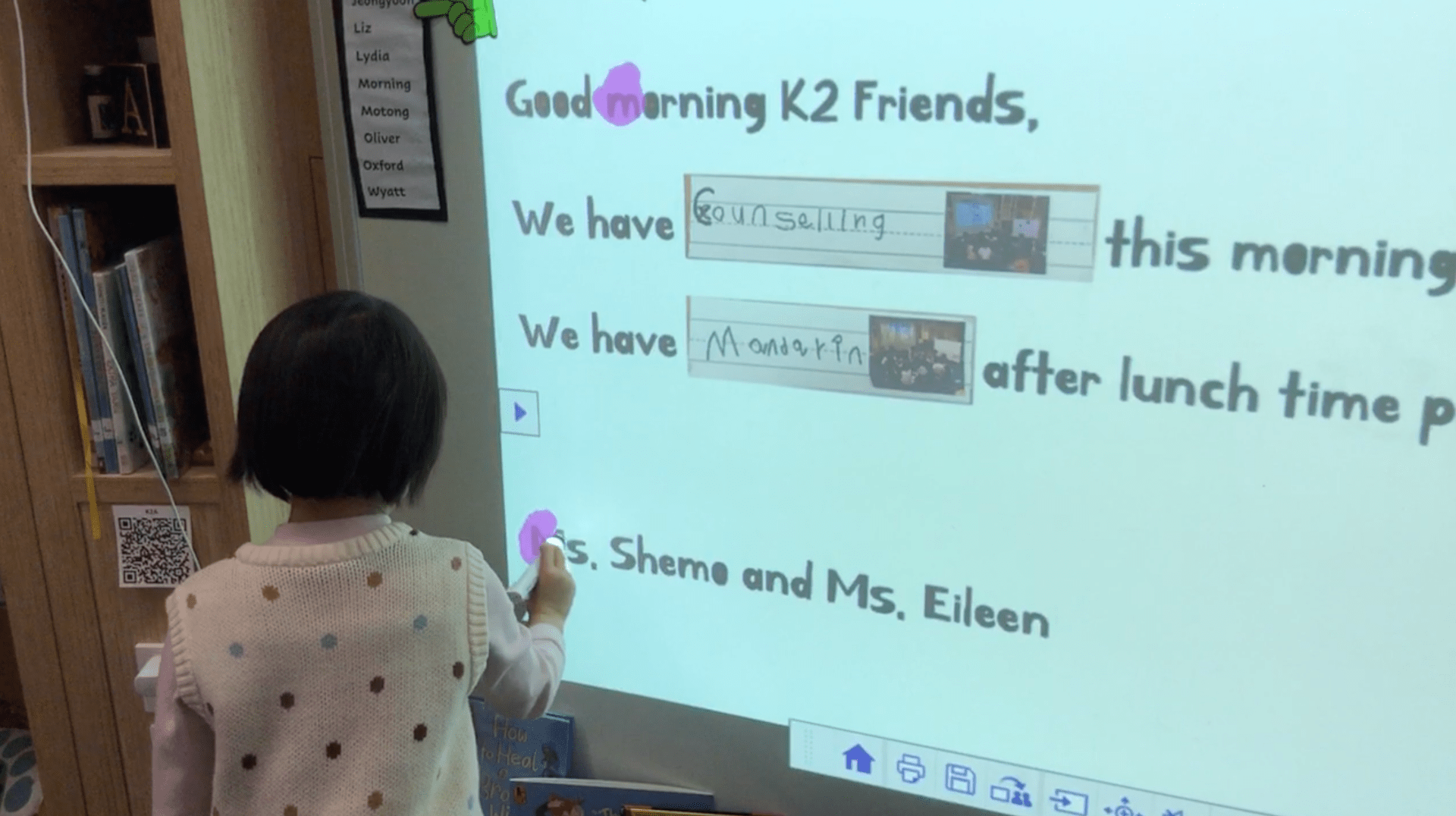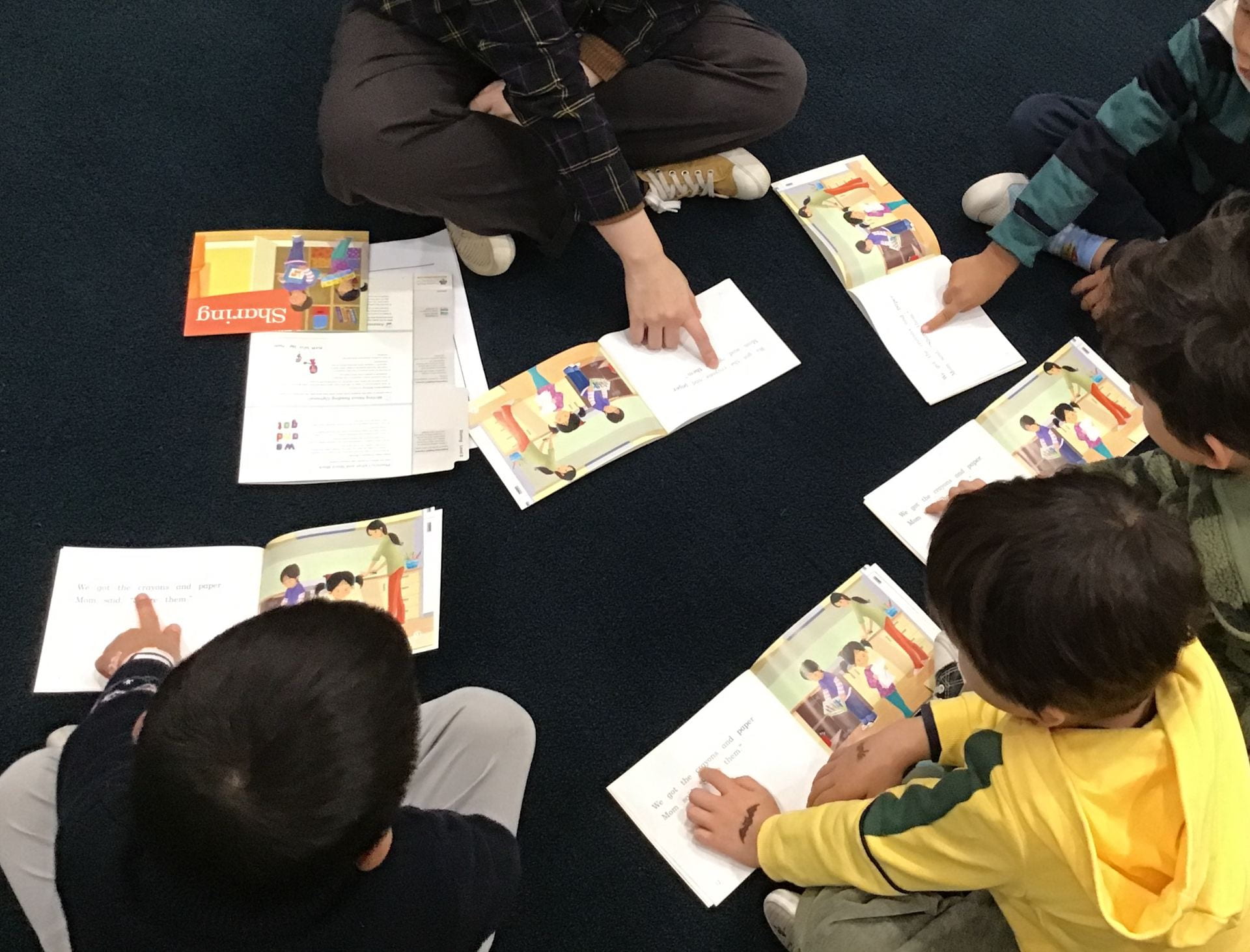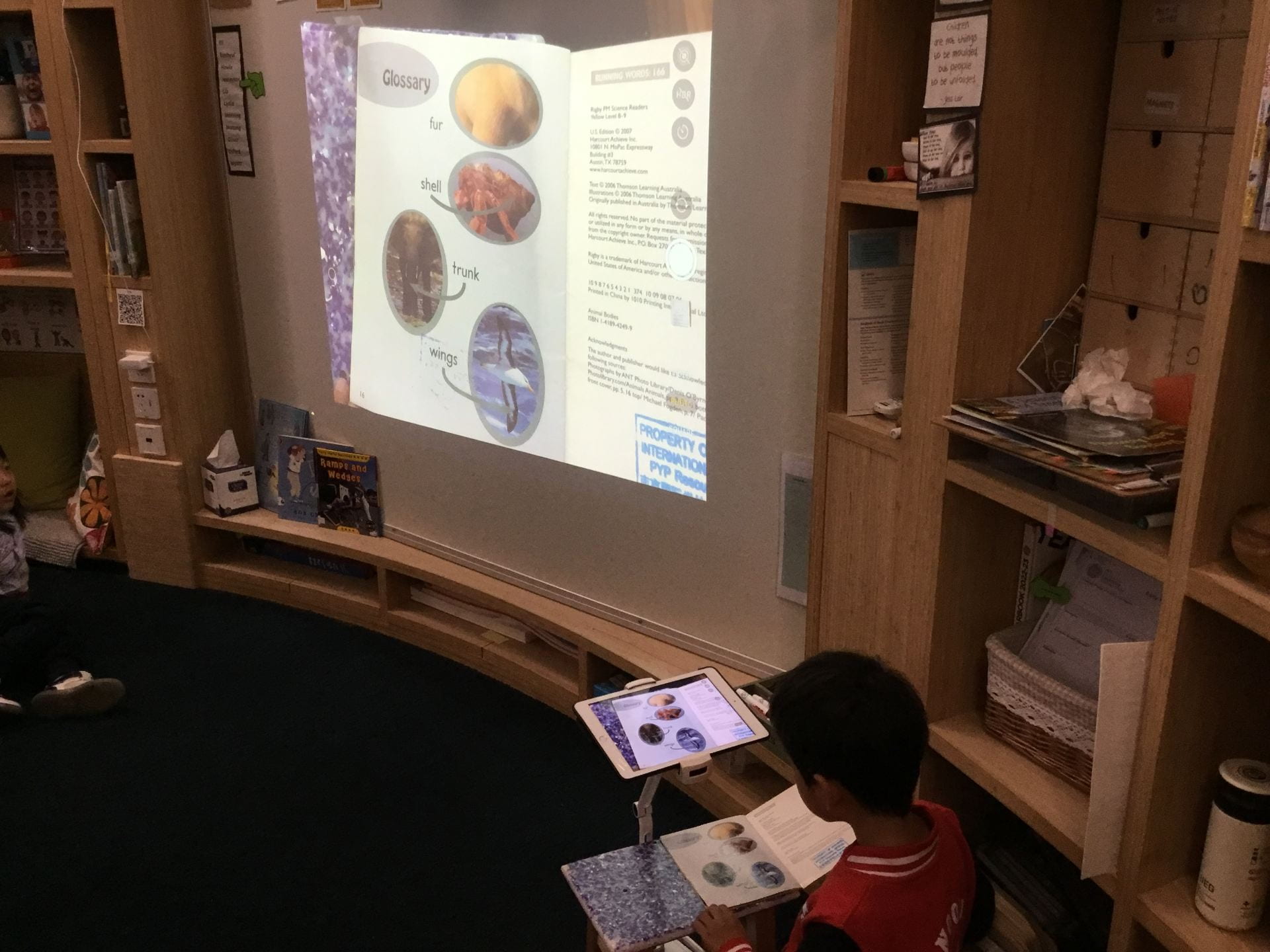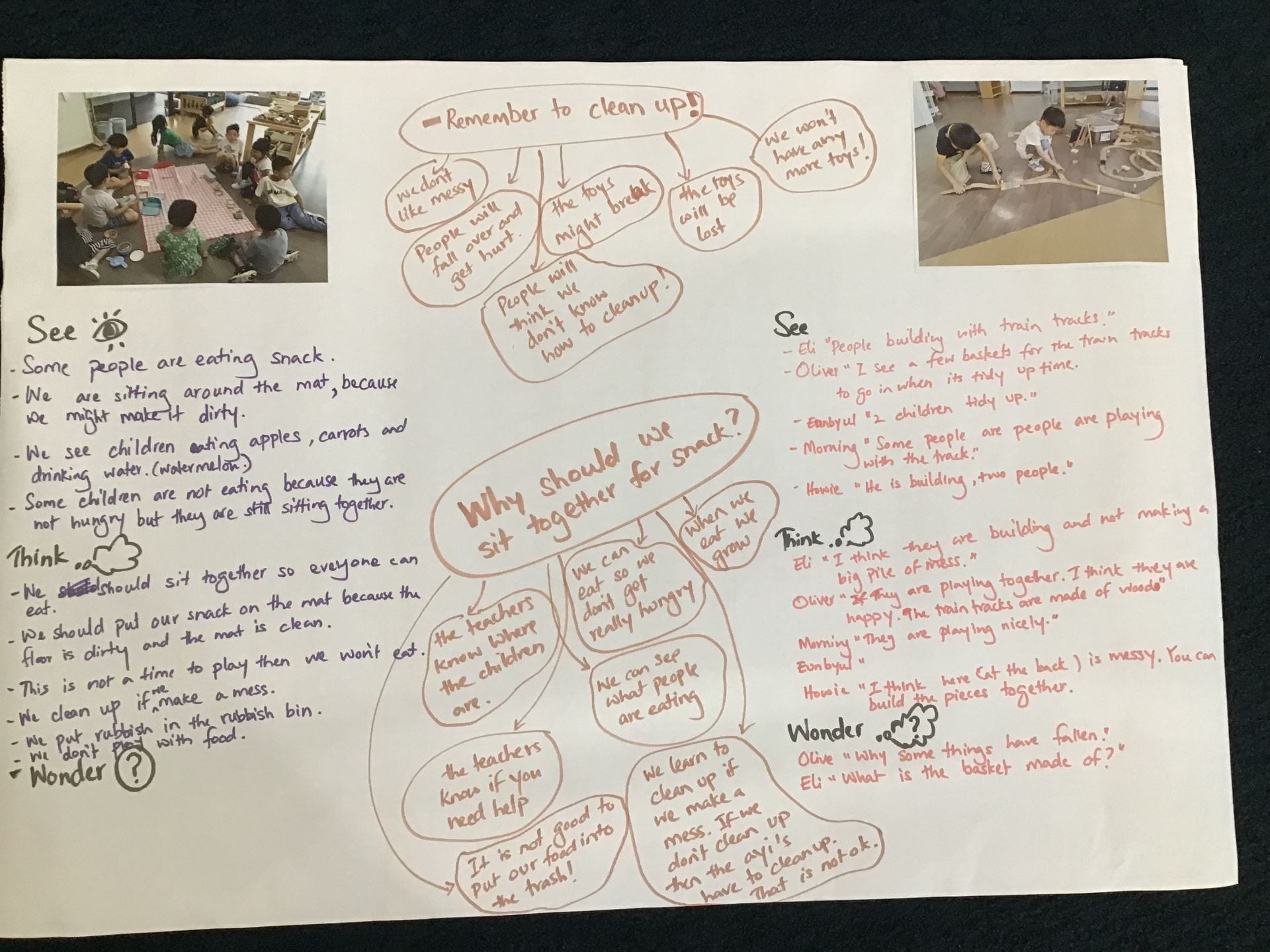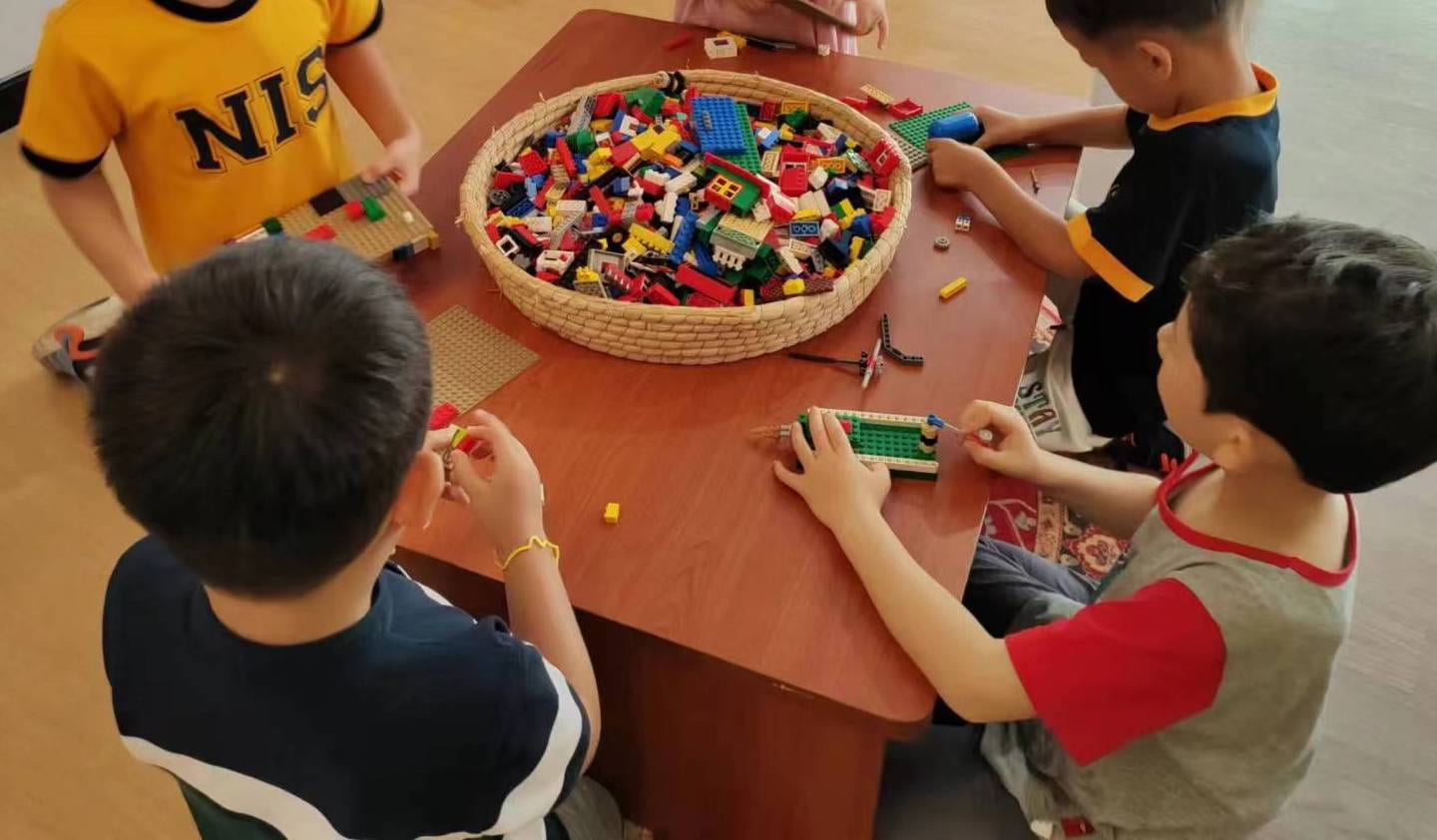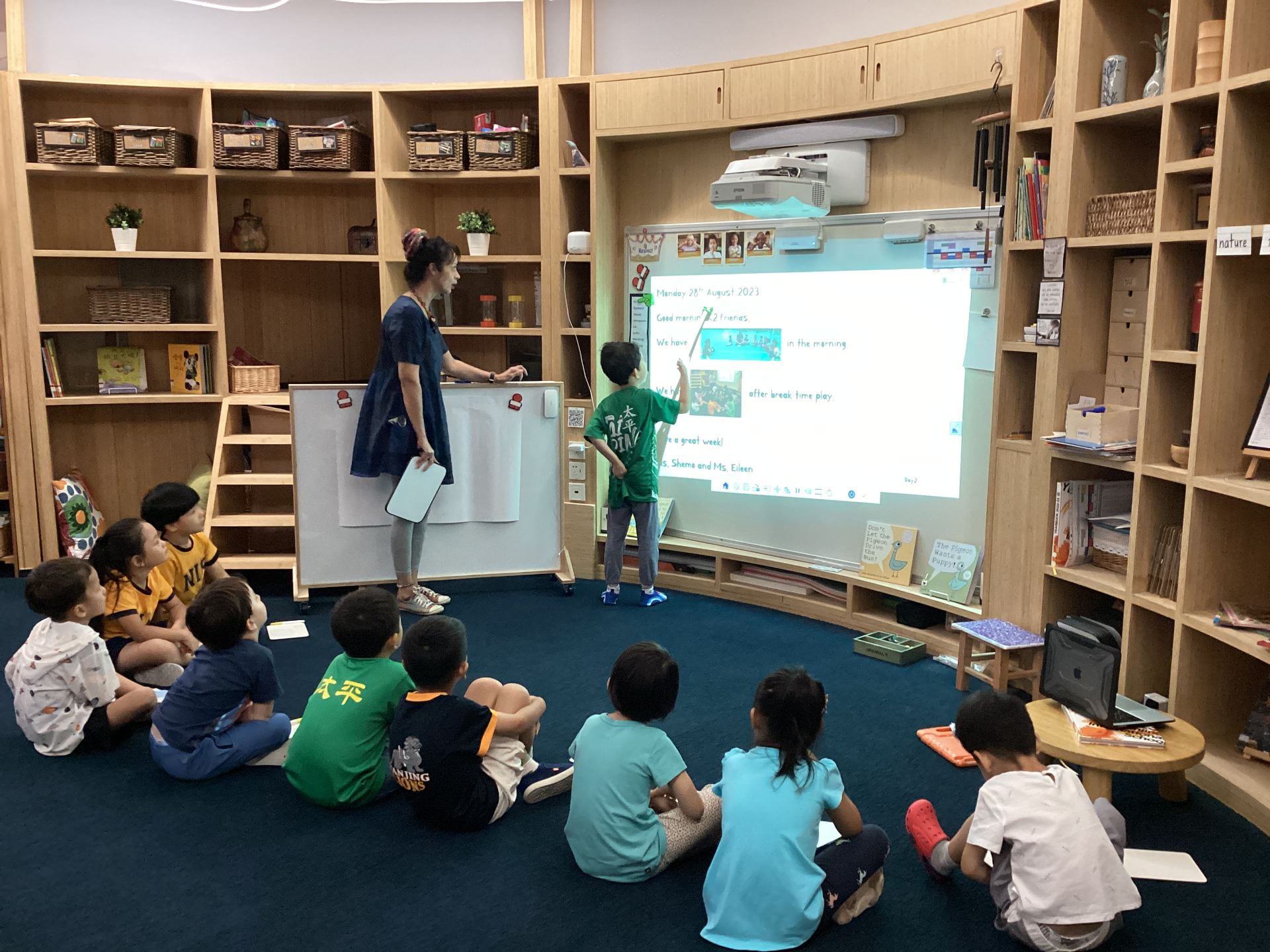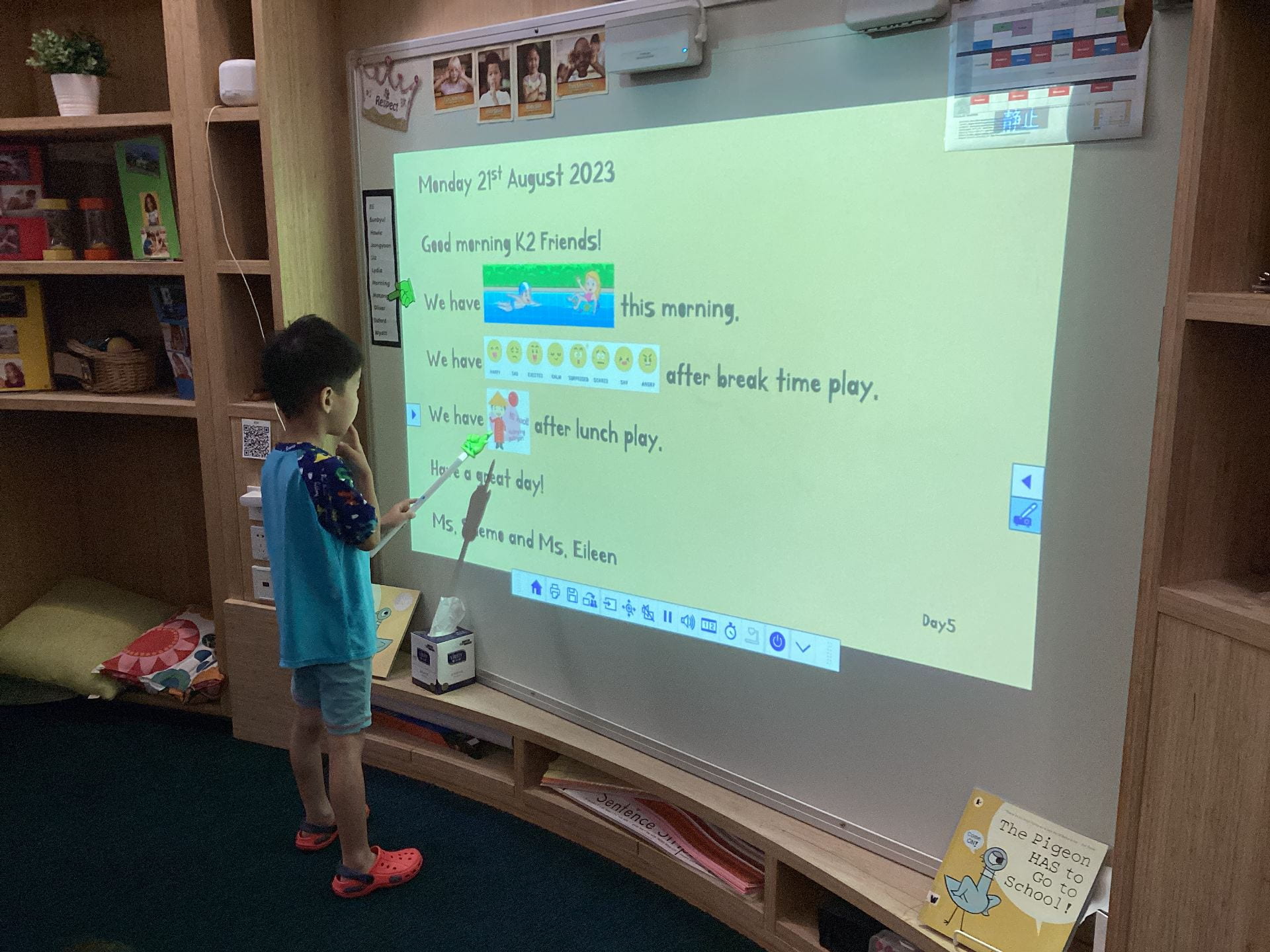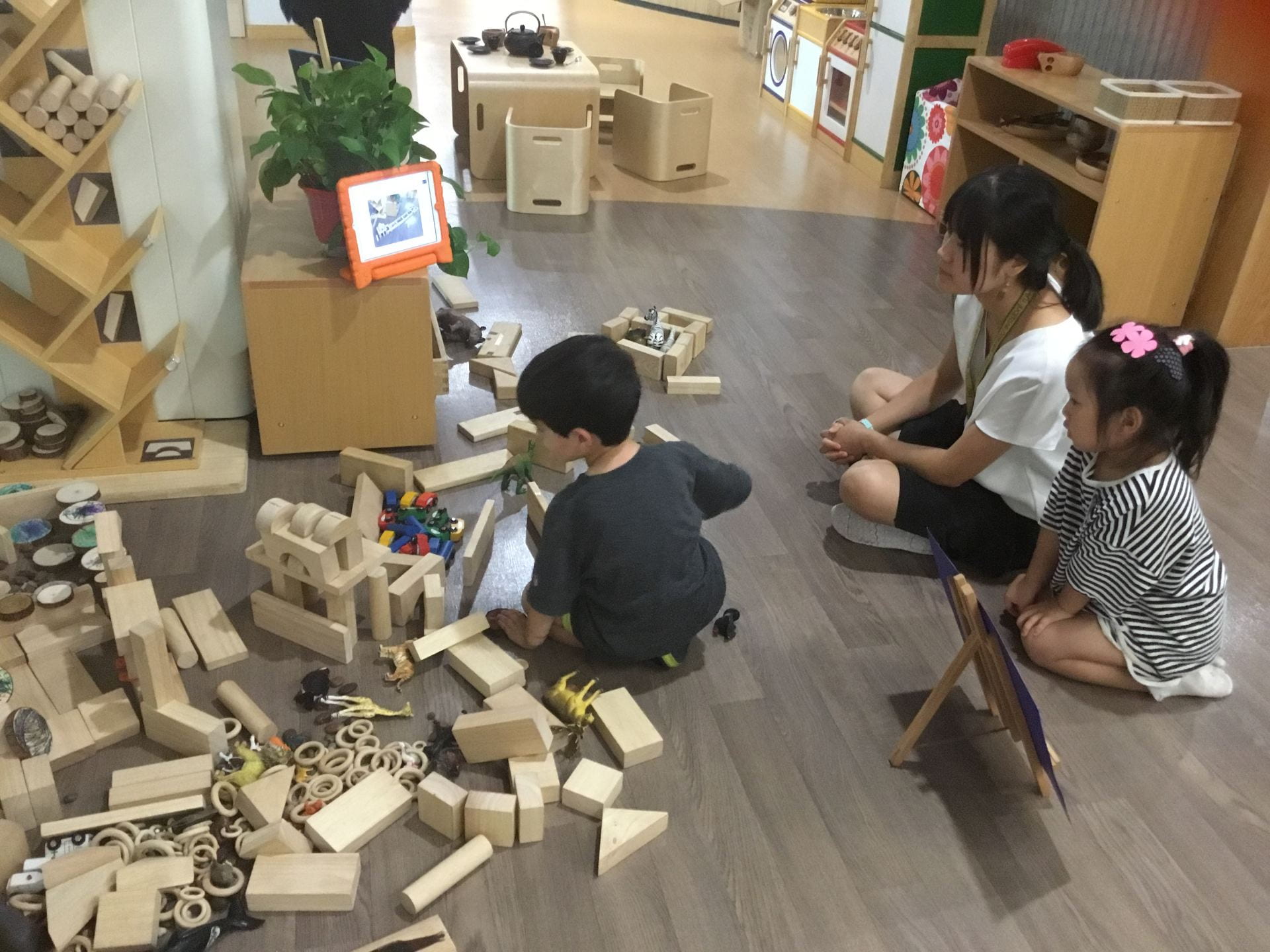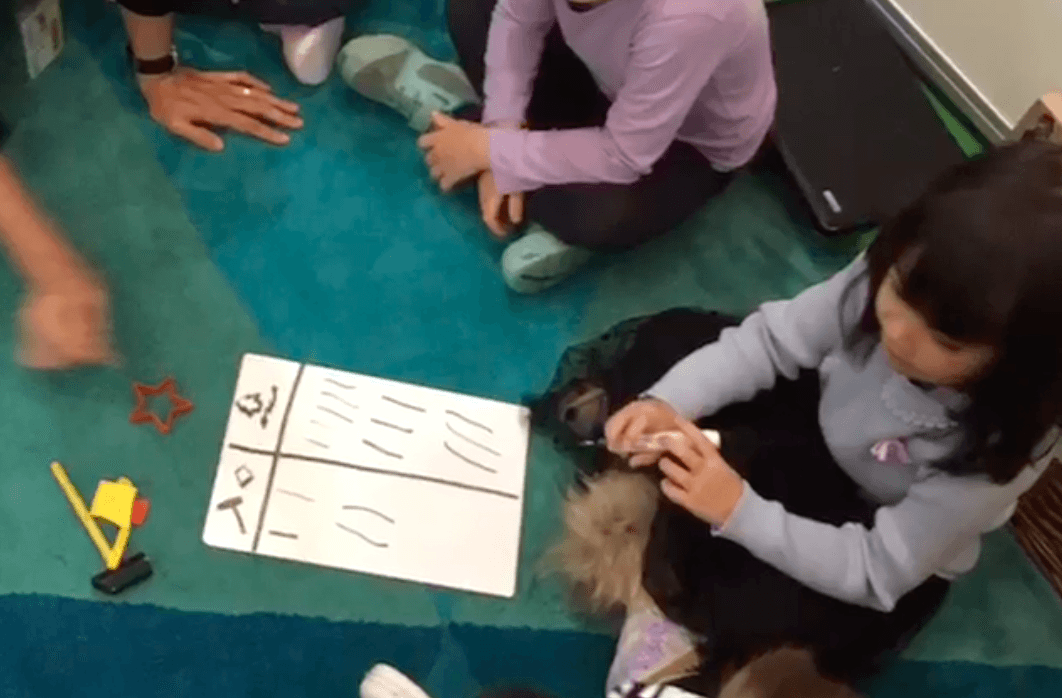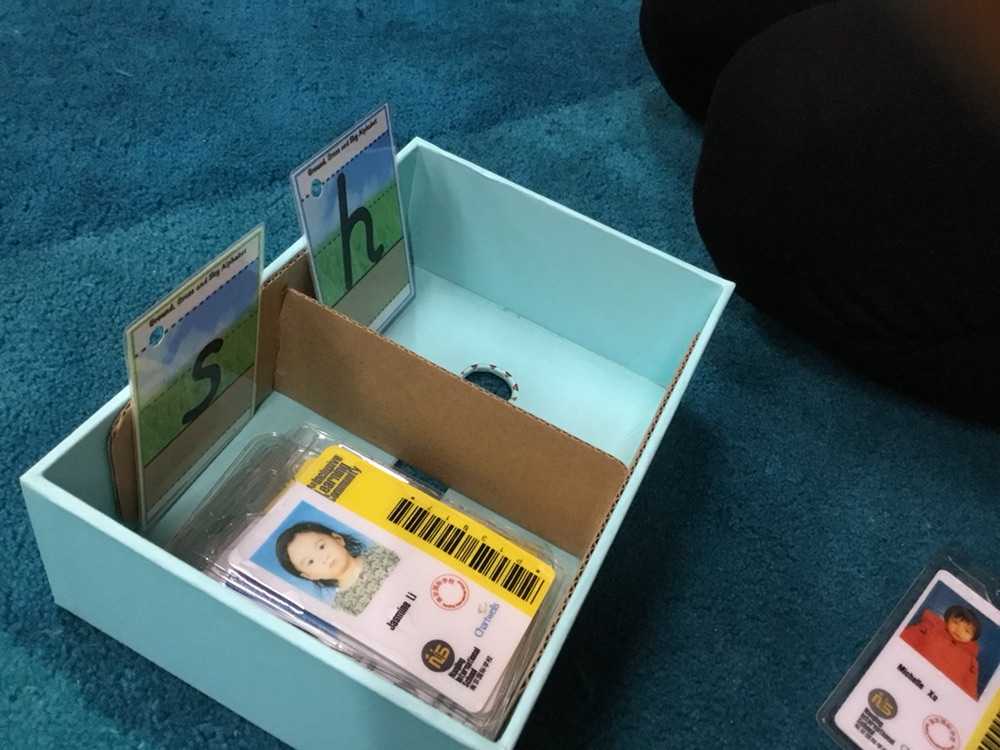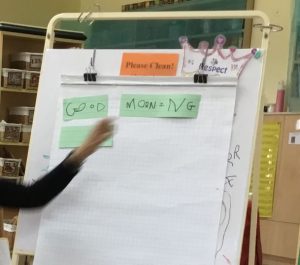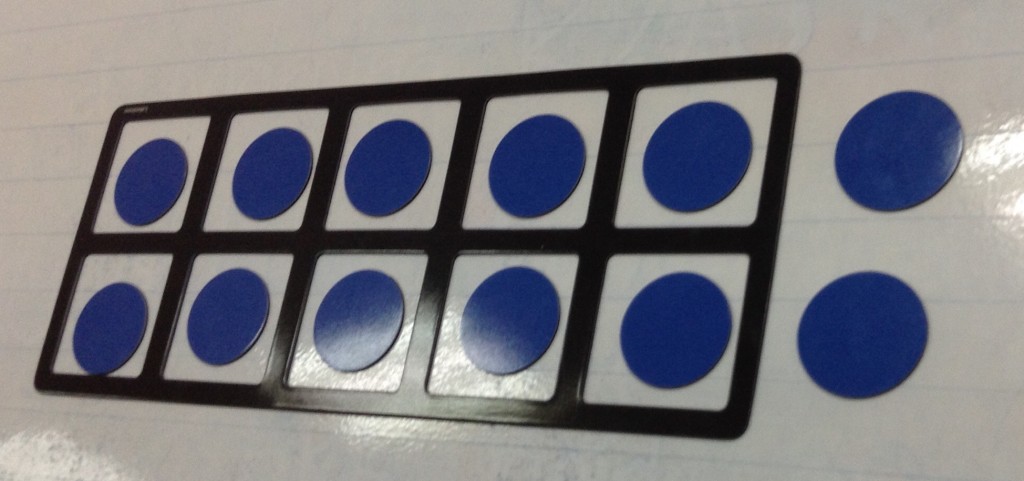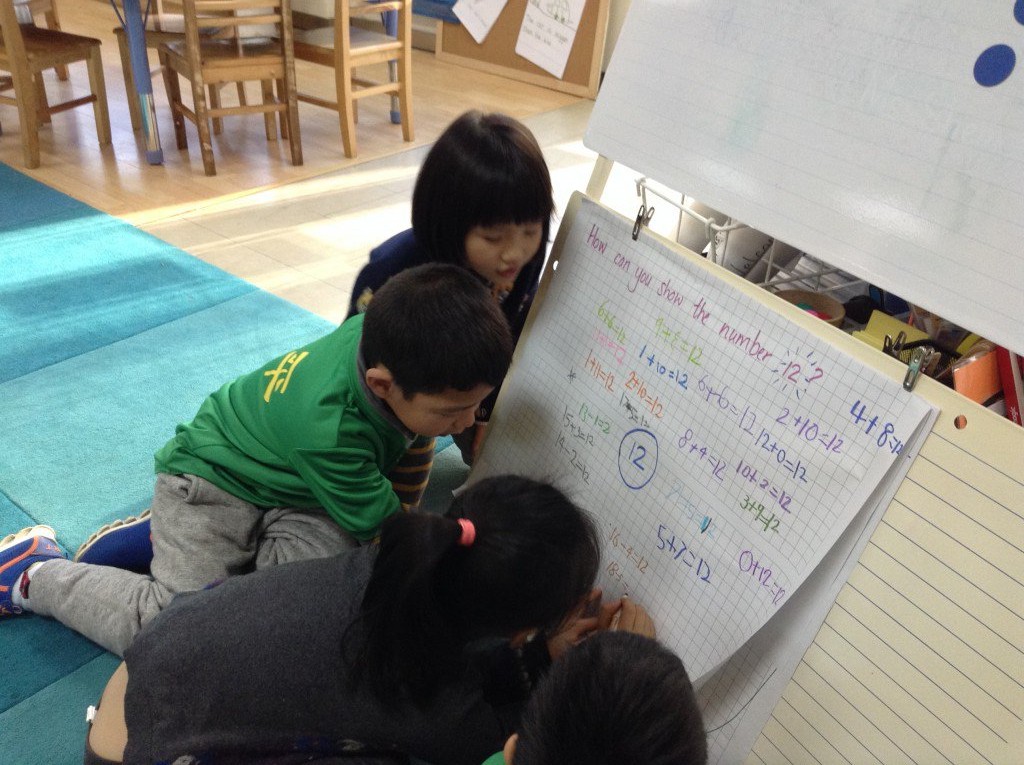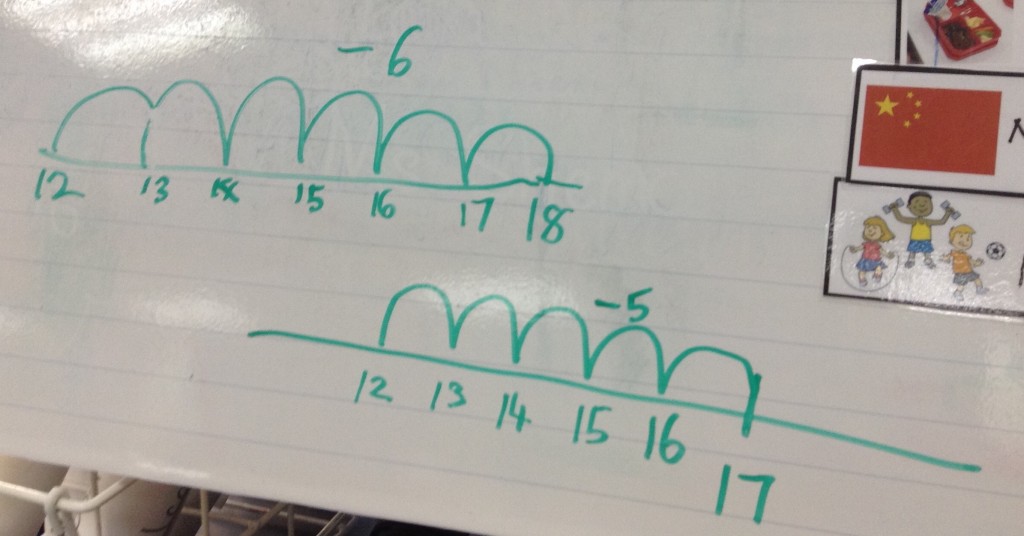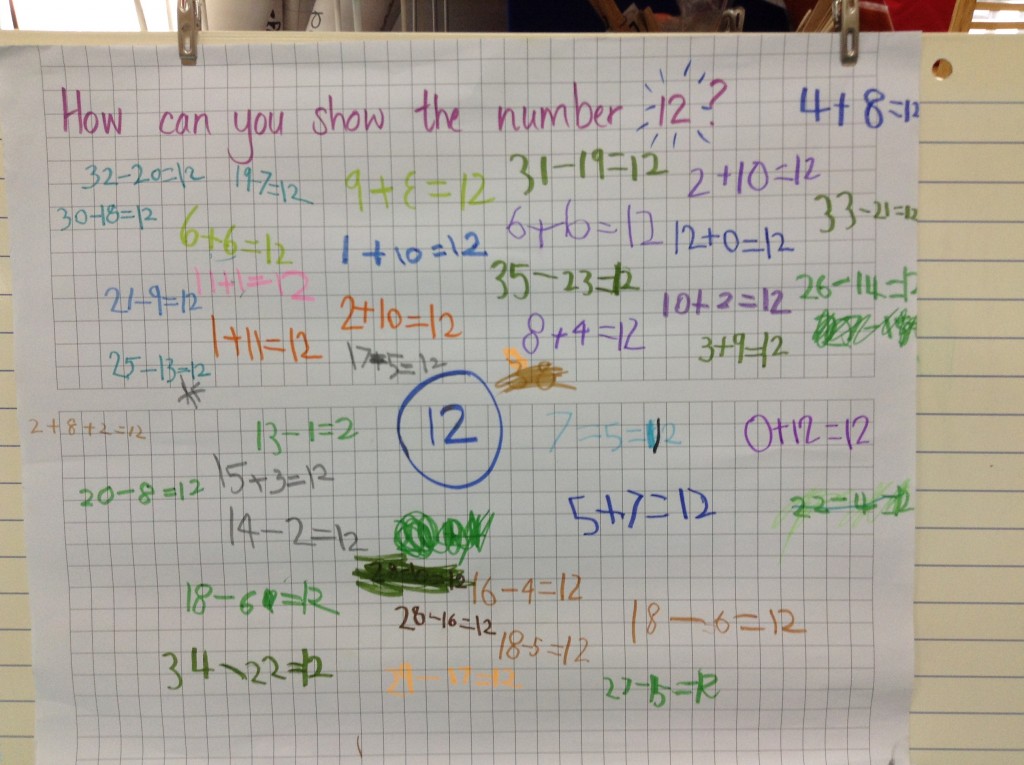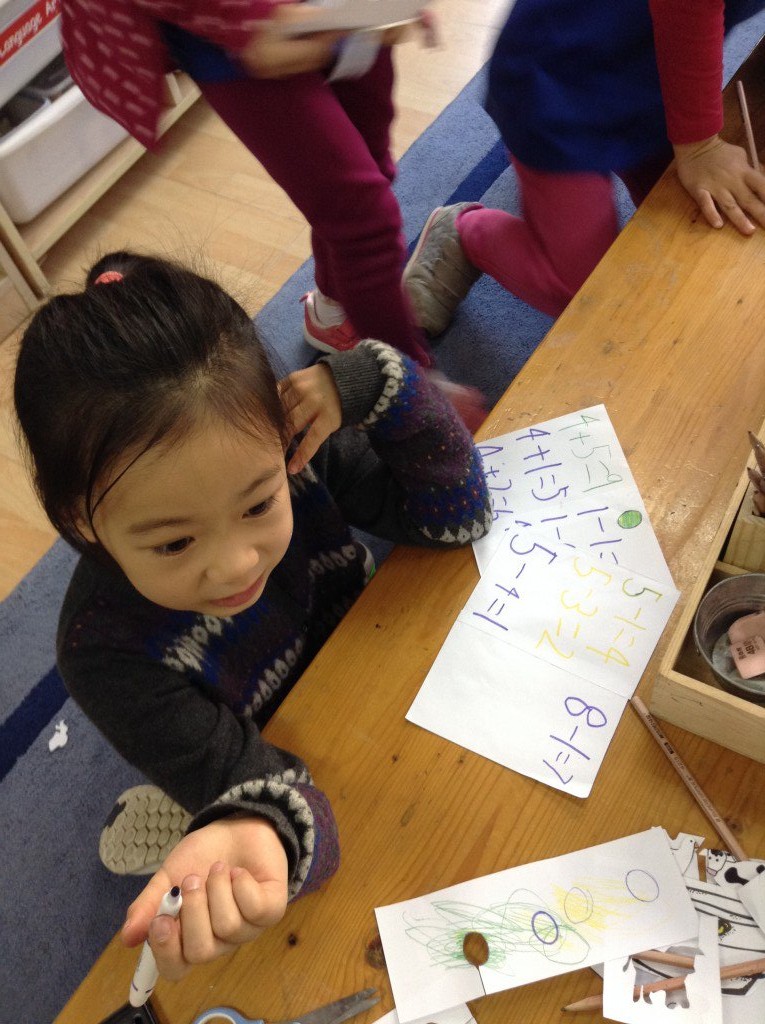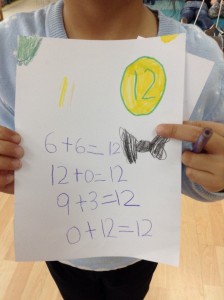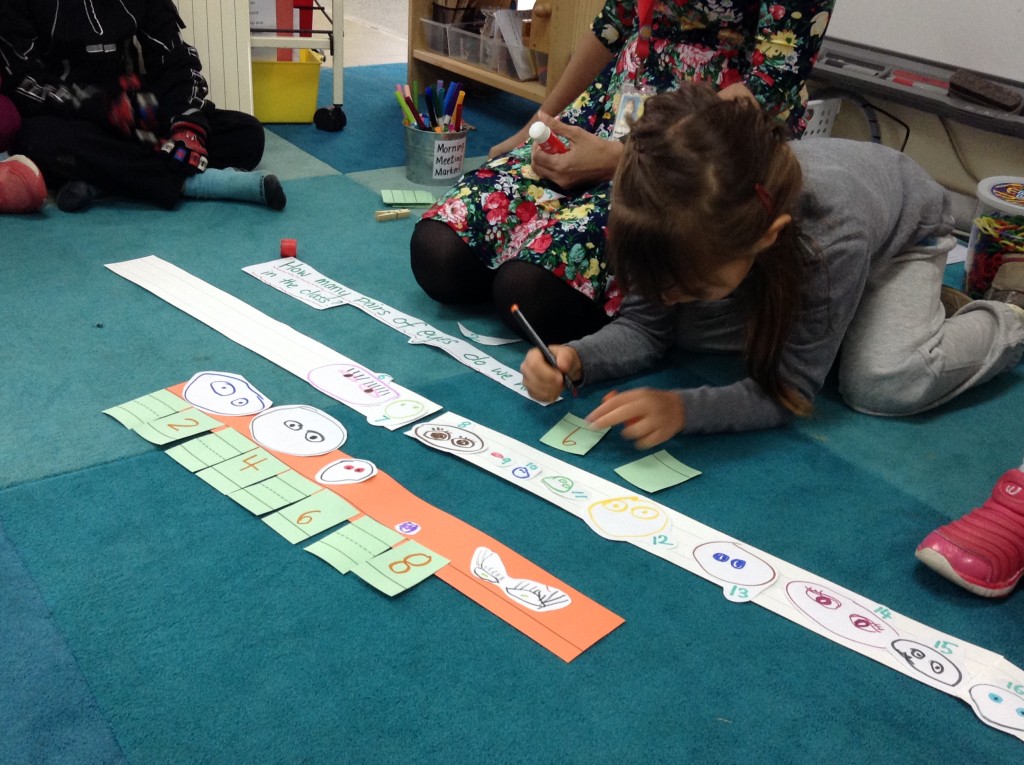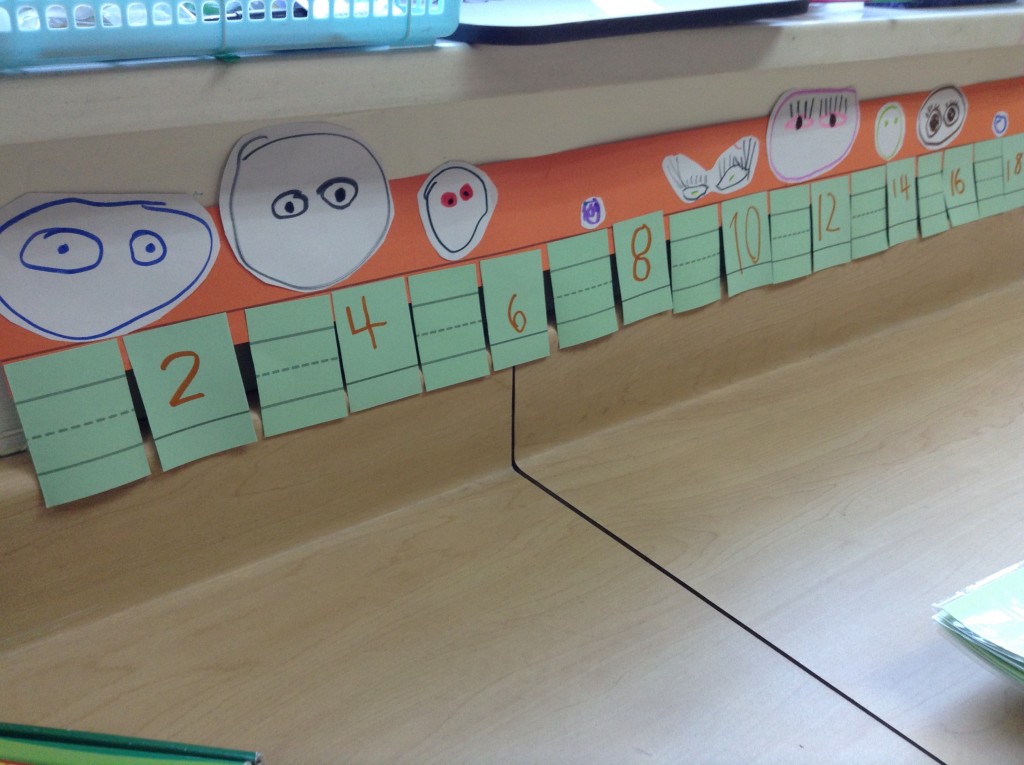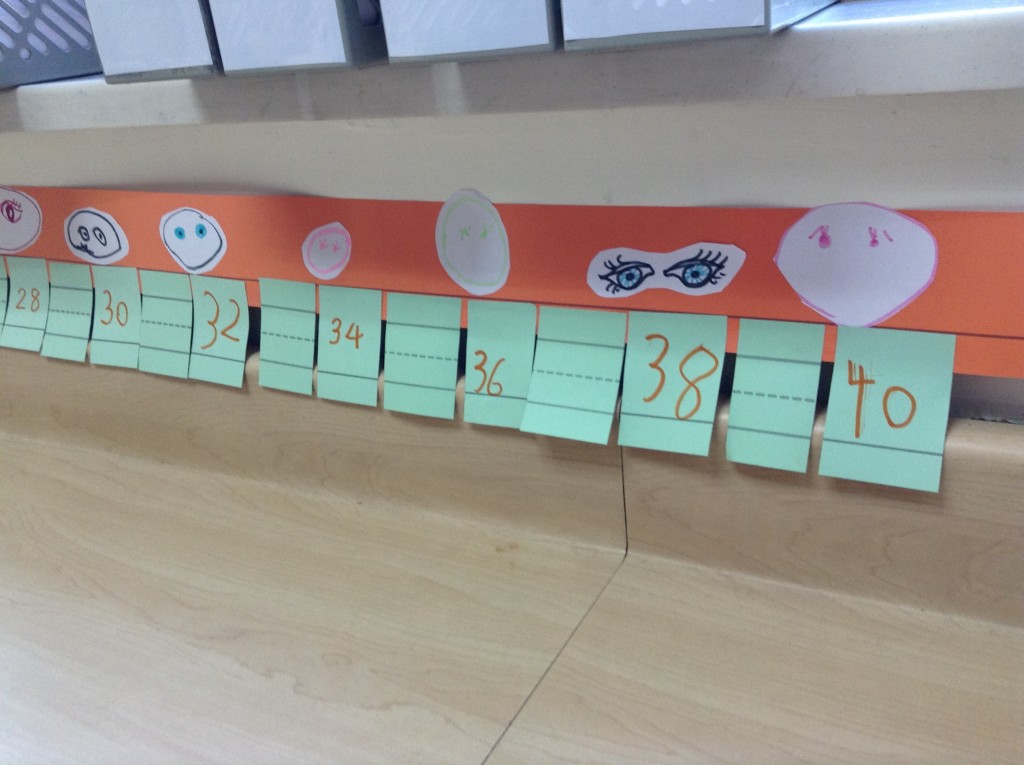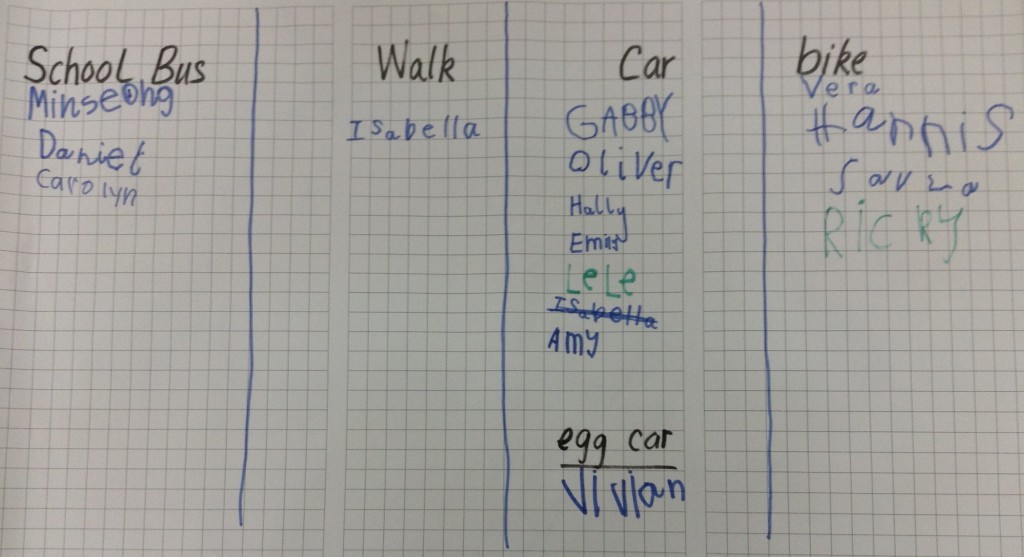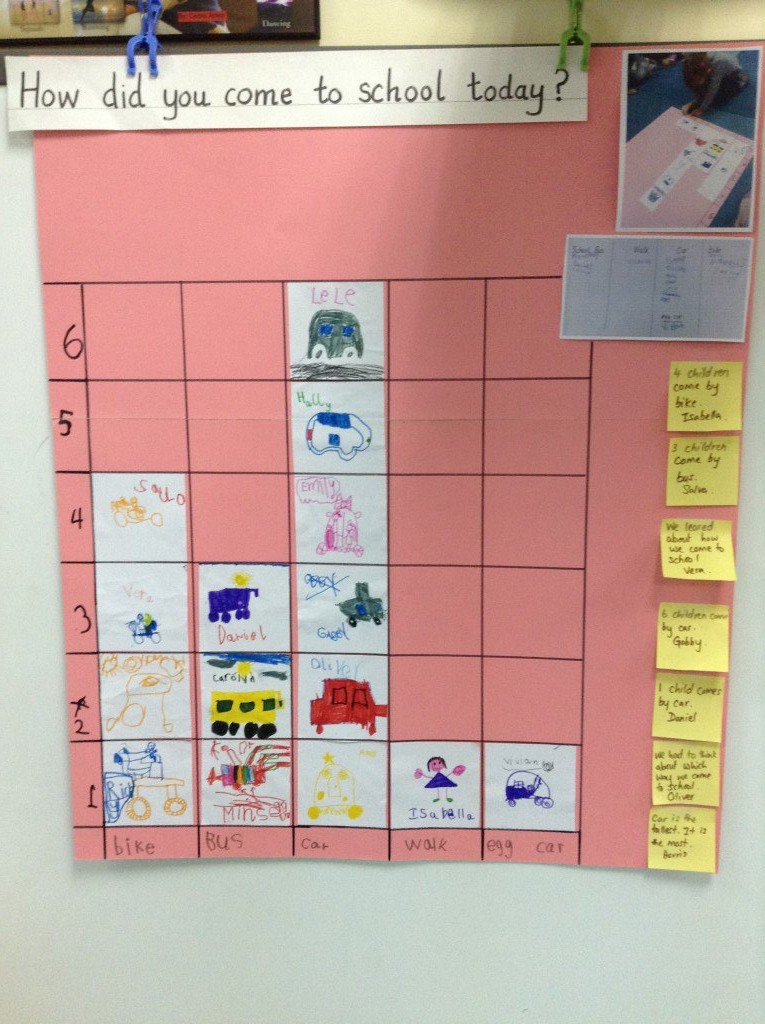We gather as a group each morning to welcome the day, to greet each other, to share news and to talk about the projects that we might want to follow or complete.
Our Morning Meetings are a time to learn about each other. A time to share our individuality, diversity and common aspirations. We sit in a circle, where there is no hierarchy. We are all the same in this space. Together we find ways to create a democratic environment where we respect, care and learn about each other’s perspectives.
During this time, a member of the community checks in with others to place the lunch order. While completing this task, we learn each other’s names. We learn how to listen to others, respond to questions and collect data.

One member of the community then goes over to the cafeteria to deliver the cards to the staff, placing the order for lunch. They bring back the fruit snacks, which we eat together at the snack table.

At lunch time, a few children go over to the kitchen to set the table, to prepare for our meal together. We all sit together to eat our ‘school’ and ‘home’ lunches. We focus on independence, encouraging and learning good table manners. We pass the food platters around, serving only what we can eat, talking about balanced diets and good hygiene. We discuss waste and care for the environment. After lunch, we pack up all the cutlery, crockery and clear away the dirty dishes. Taking responsibility for the spaces we use is an important part of our learning together.
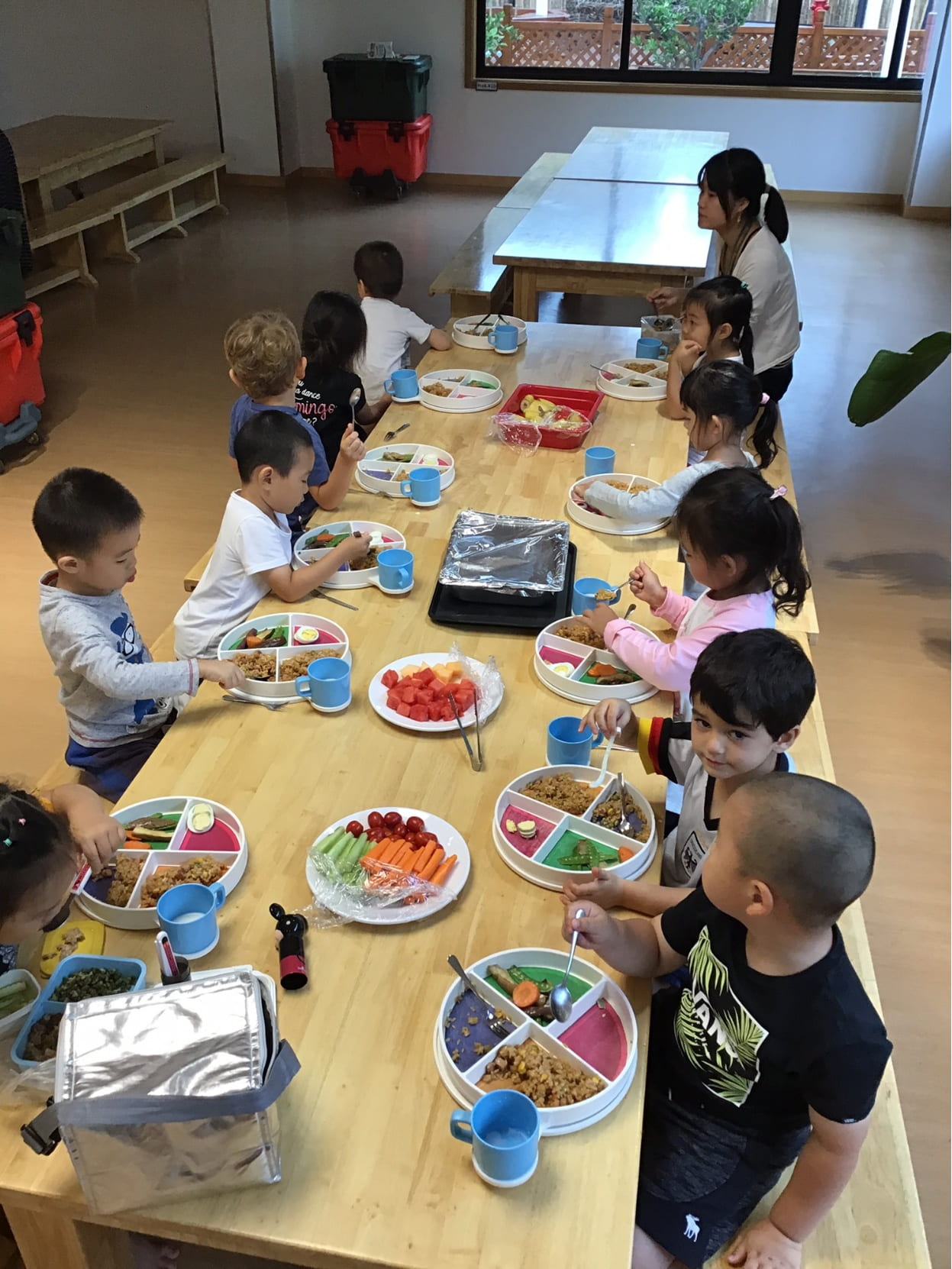
Being caring and accepting others is one of our Essential Agreements. We seek out and celebrate instances when these agreements come to life in the community.


The teachers frequently sit together with the children, sharing what they have noticed.

Making invisible actions public and celebrating instances when the community have been able to solve problems together through dialogue and collaboration. These are great opportunities to highlight the role of kindness, empathy and care in communities.
The children frequently create with blocks, loose parts and other materials in the classrooms. Sharing the materials as we create can be a challenge for some of us. It is important to be able to capture instances when we act as a community.
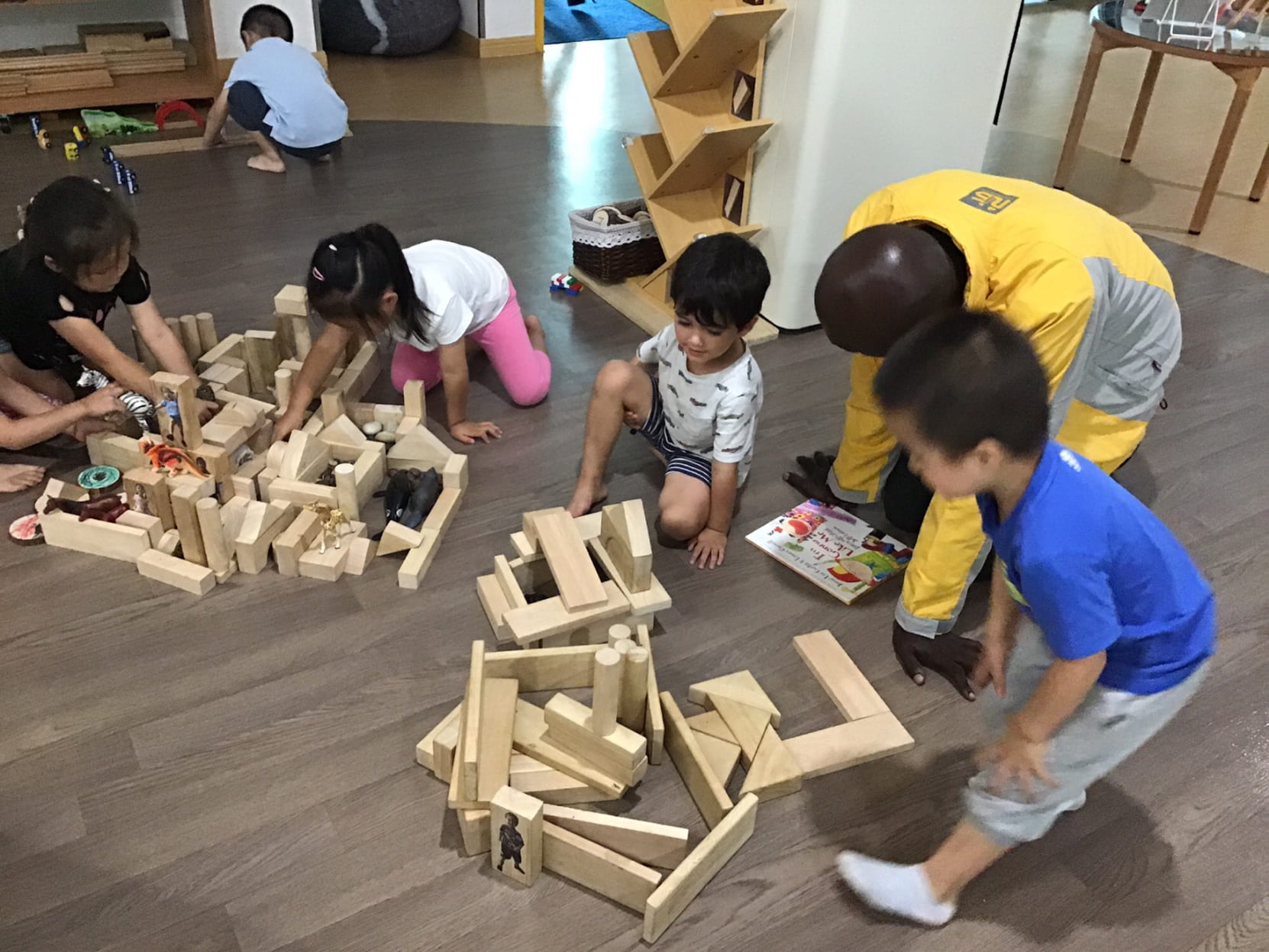
In the picture below, the students noticed that there were many people crowding around the library check out counter.

When the teacher shared her observations, the children quickly lined up behind one another, waiting patiently for their turn to check out their books. Being mindful and respectful of different behaviours in different places helps us create a calm and positive learning environment.
In order to make this happen we spend a lot of time, learning about ourselves; our actions and behaviours, how they affect us and the others around us, how we can manage these emotions.

The Zones of Regulation help us visualise and verbalise emotions. We refer back to this language to help us learn how to manage our feelings, emotions and actions.
Here are some examples of kindness in the Early Years.


We aim to seek out opportunities that bring us together as a community. In order to celebrate our PreK-K1 community, we worked together to bake muffins that we then shared with our friends.

Our community is more than just our PreK-K1 friends. The children frequently visit the other campfires in our Early Years space, to play with the other children and explore the different centres. In the picture below, a K2 student reached out to a K1 student, when he could see that she was unhappy in the playground.

Caring for others helps us develop a safe, kind and positive environment where everyone feels valued and empowered to learn.
Central Idea: What we do matters to others.
Lines of Inquiry:
- how we behave towards others (perspective)
- appropriate behaviour in a variety of settings (connection)
- the impact of our behaviour on others (responsibility)
Key Concepts: connection, perspective, responsibility
Related Concepts: acceptance, relationships, attitudes, behaviours
 A small group of children were invited to write the message. Their task was to create the first part of the message. The children were encouraged to listen to the sounds in words to help with spelling. They will use this strategy to write for different purposes and situations in K2.
A small group of children were invited to write the message. Their task was to create the first part of the message. The children were encouraged to listen to the sounds in words to help with spelling. They will use this strategy to write for different purposes and situations in K2. At this developmental stage, the focus is on developing an understanding of letters and sounds through inventive spelling. We will continue to add to our message over the next few days.
At this developmental stage, the focus is on developing an understanding of letters and sounds through inventive spelling. We will continue to add to our message over the next few days.


